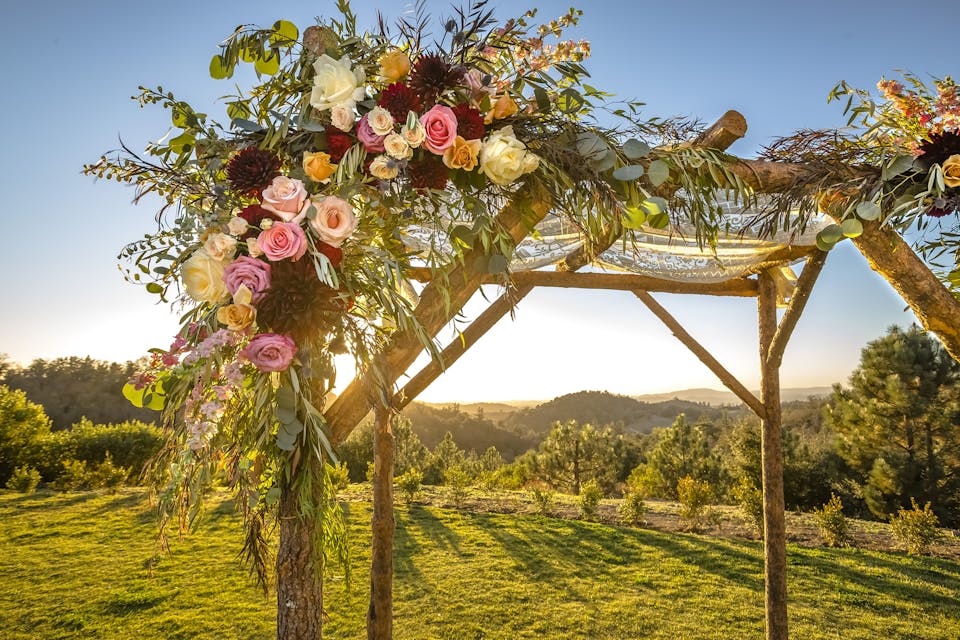
March 1, 2012
Blessed Unions
By Rabbi Meir SoloveichikWhat the traditional Jewish wedding tells us about the American Founding.
On June 27, 1787, the American Founding Father Benjamin Rush, a signer of the Declaration of Independence and a renowned physician, wrote an extraordinary letter to his wife about a Jewish wedding he had just attended in Philadelphia. Rush’s is the only firsthand account of how this centerpiece of traditional Jewish life was celebrated in the fledgling United States. More important, it is a document that tells us much of enduring interest about the unique values and traditions of the Jews and how those values and traditions contributed to the self-understanding of the American Founders and to the no less unique civilization they shepherded into being.
Rush tells his wife he accepted the invitation to this wedding “with great pleasure, for you know I love to be in the way of adding to my stock of ideas upon all subjects.” The bride, Rachel by name, was the daughter of Jonas Phillips, a prominent member of Philadelphia’s Mikveh Israel congregation; her groom was “a young man of the name of Levy.” Rush relates that the day’s events began “with prayers in the Hebrew language…chanted by an old rabbi” of which he “did not understand a word except now and then an Amen or Hallelujah.” He could not help noticing that—then as now—some of the worshippers “conversed with each other during the whole time of this part of their worship.”
Rush, it would seem, was describing minhah, one of the three daily services in Judaism. Prayers having been concluded, the wedding rites proper got under way: